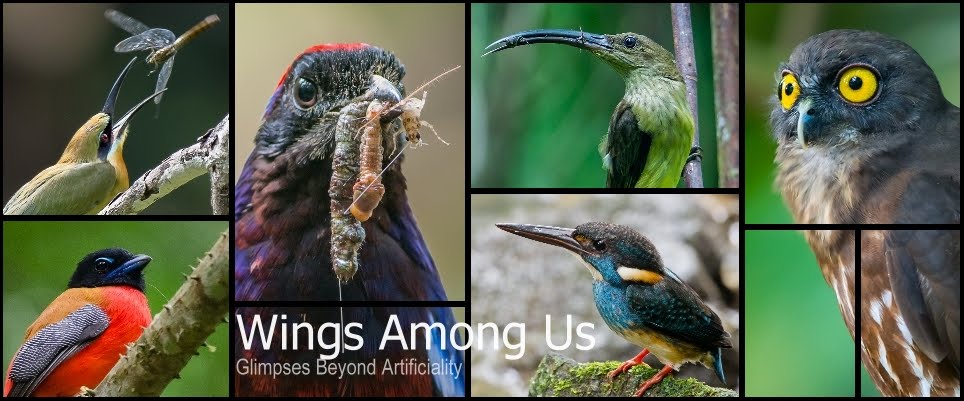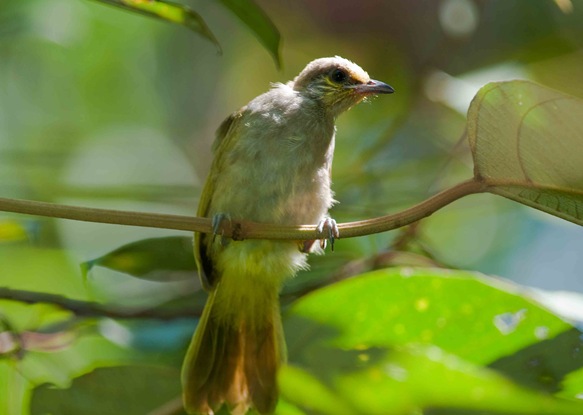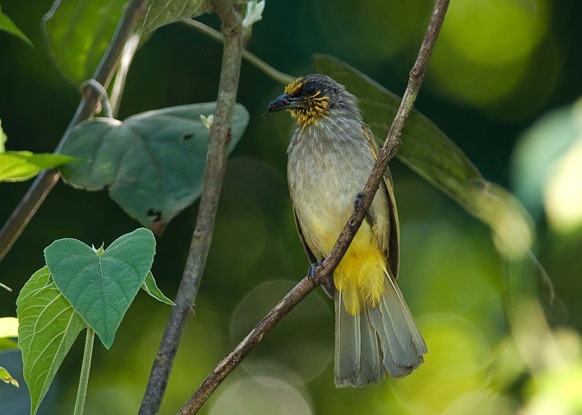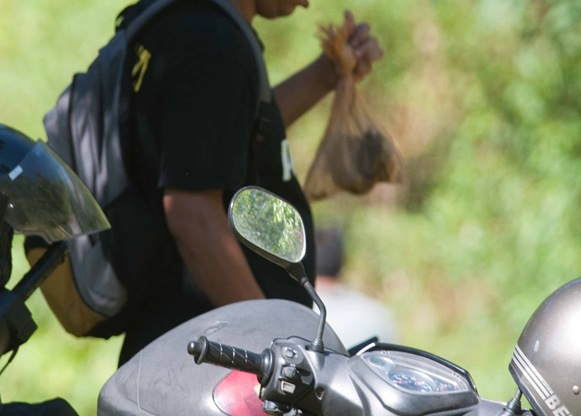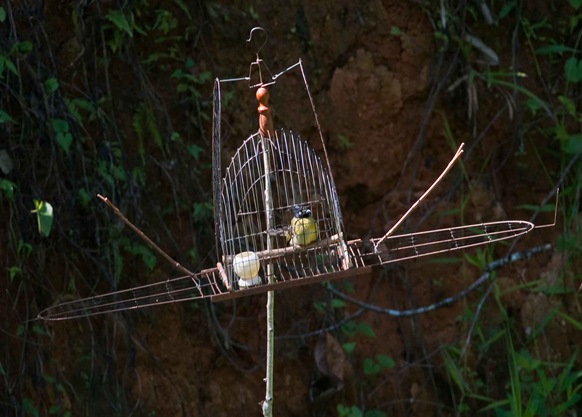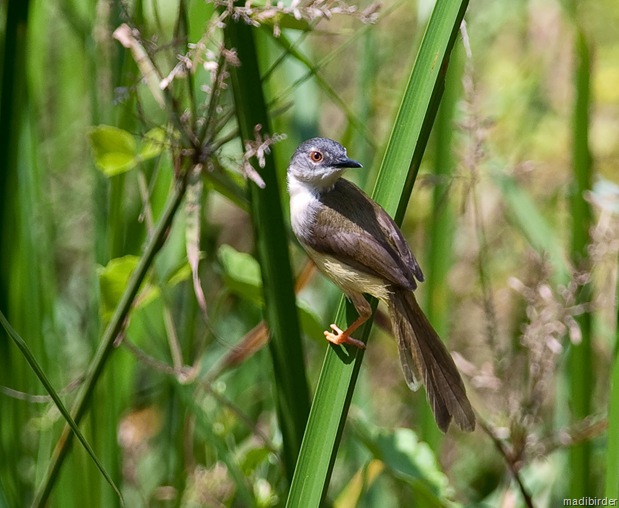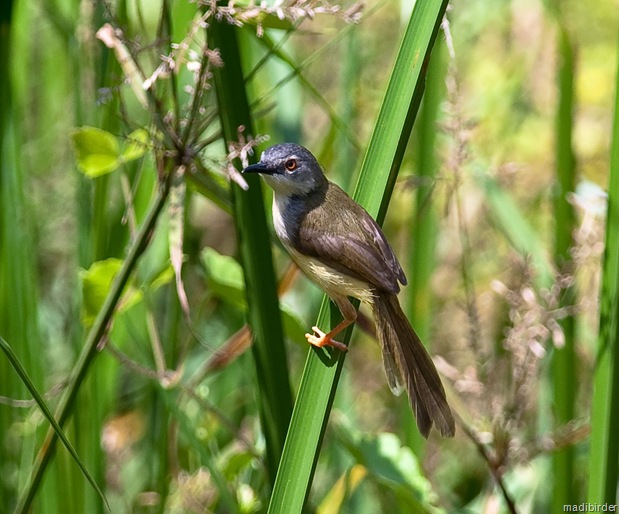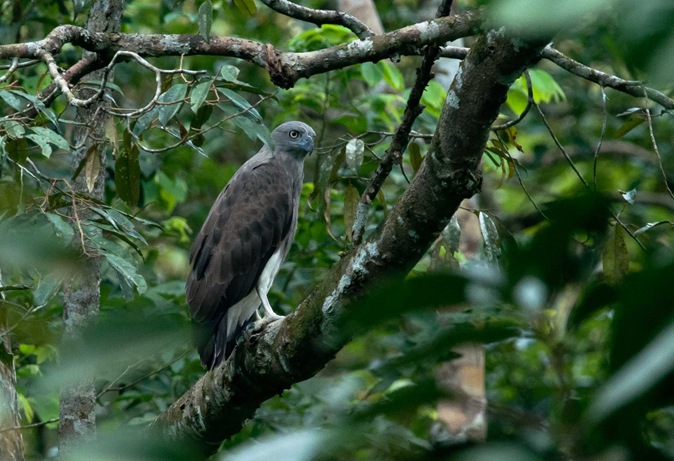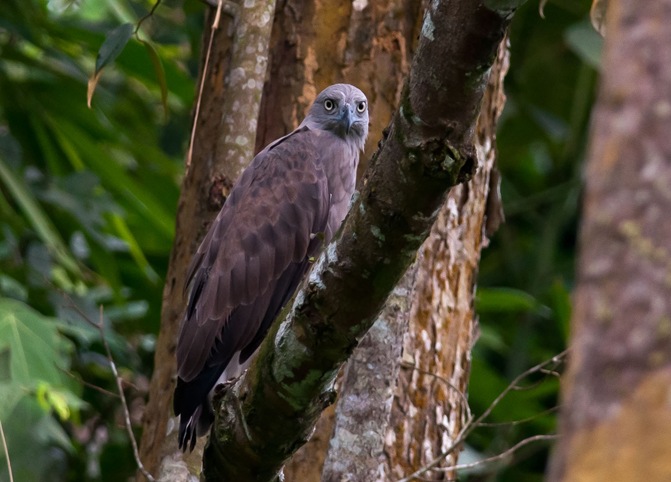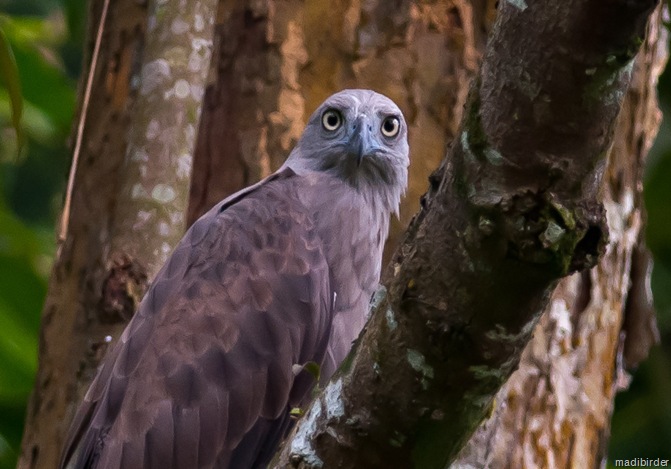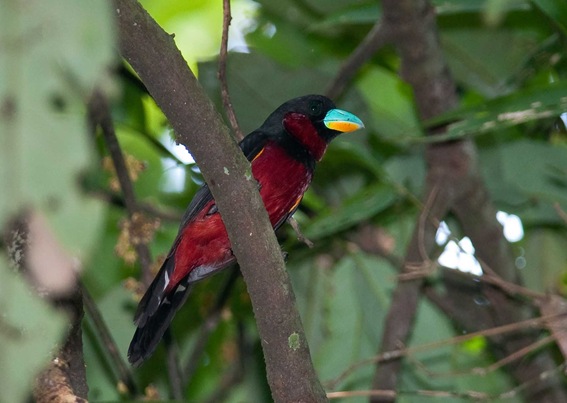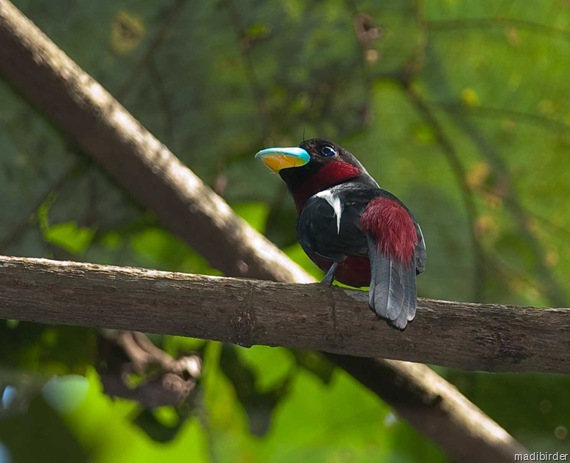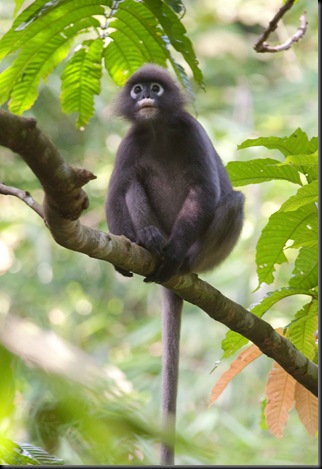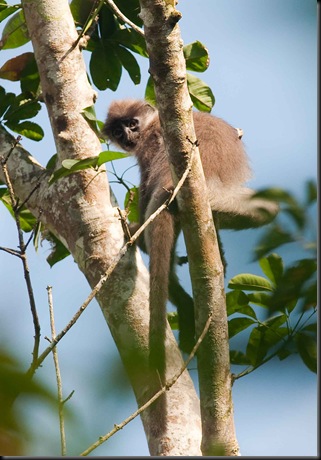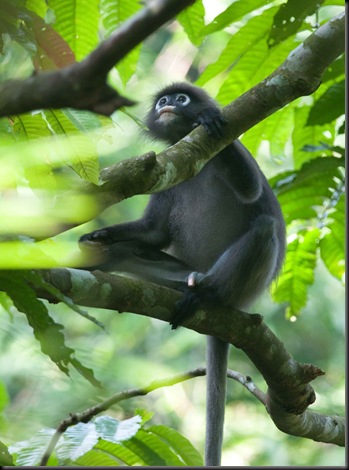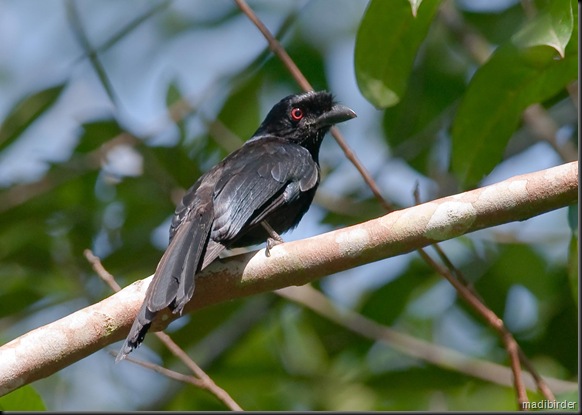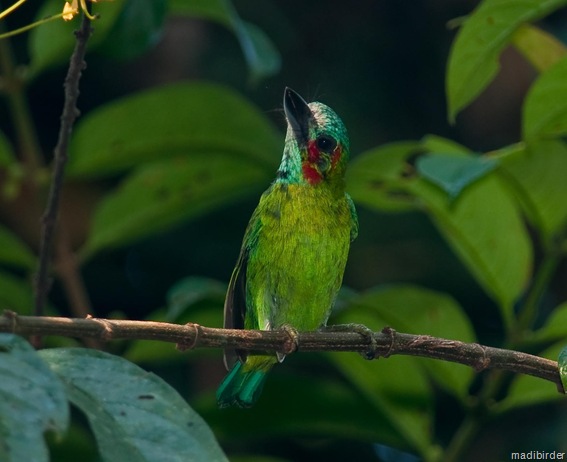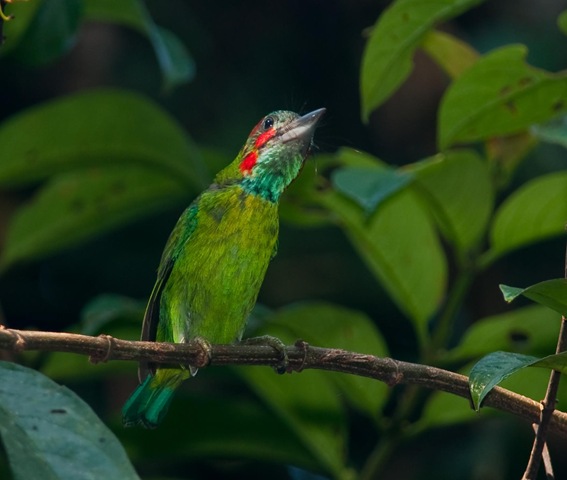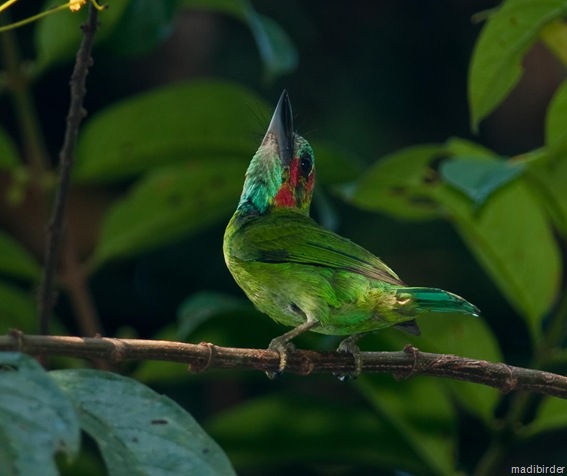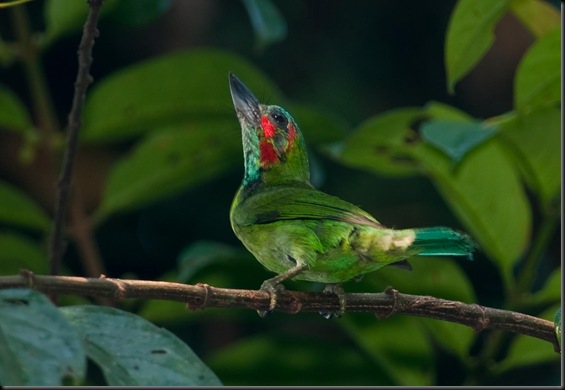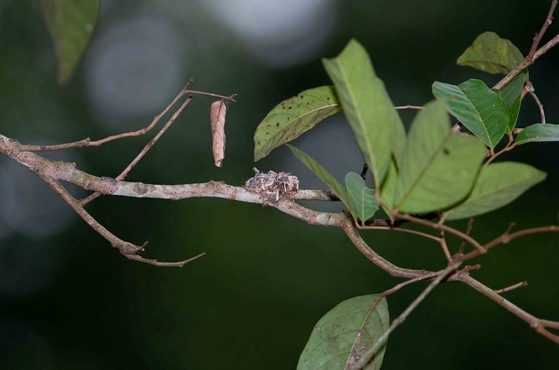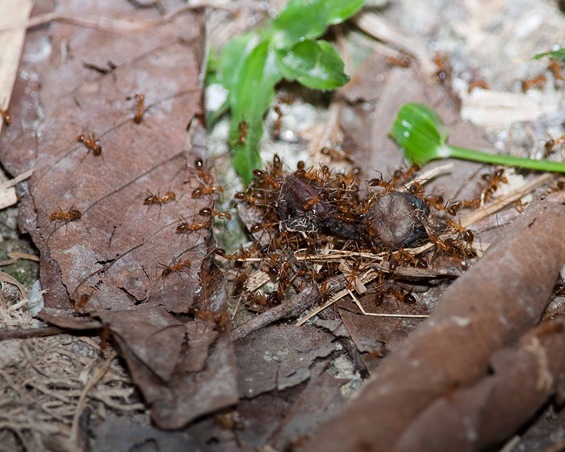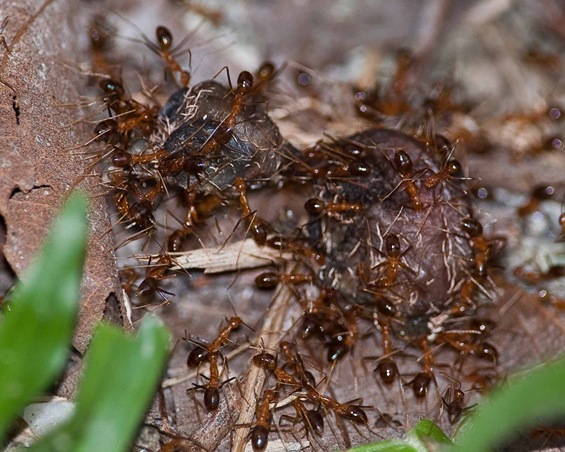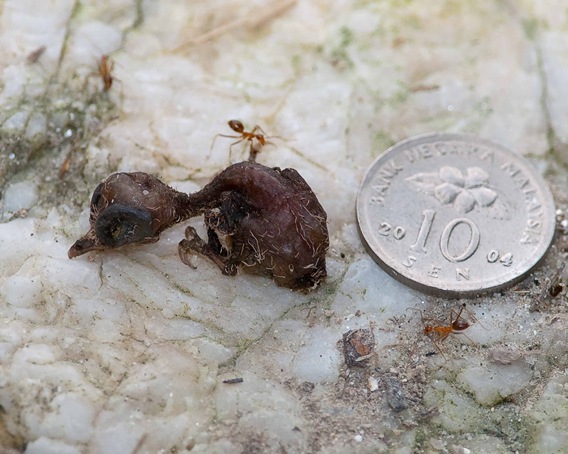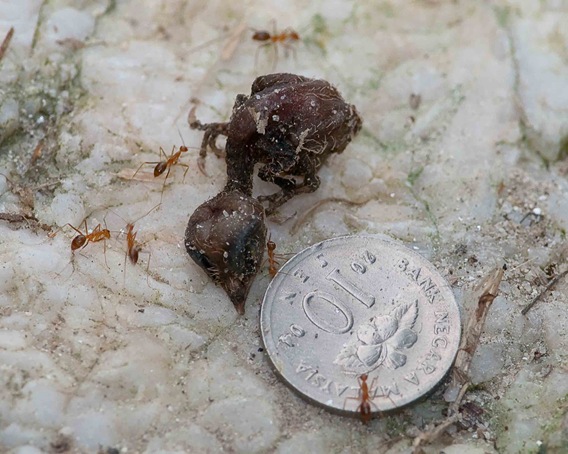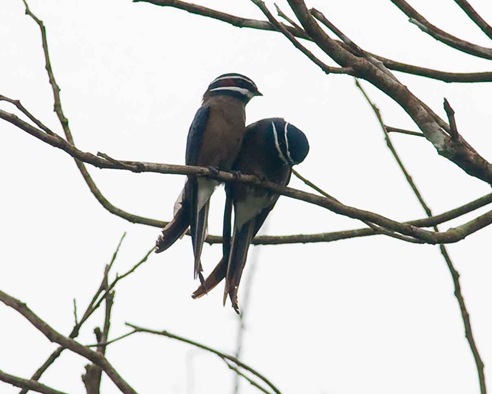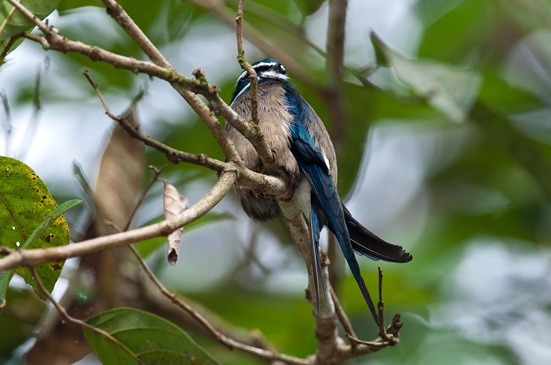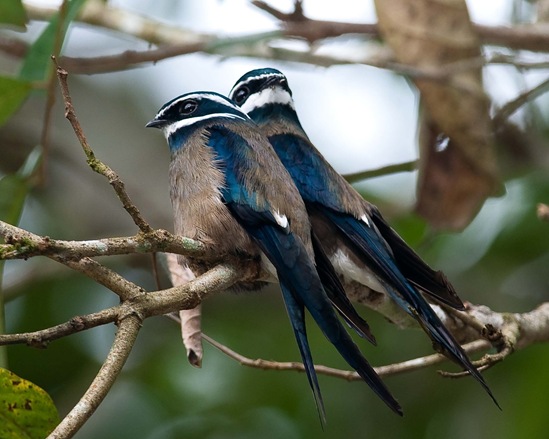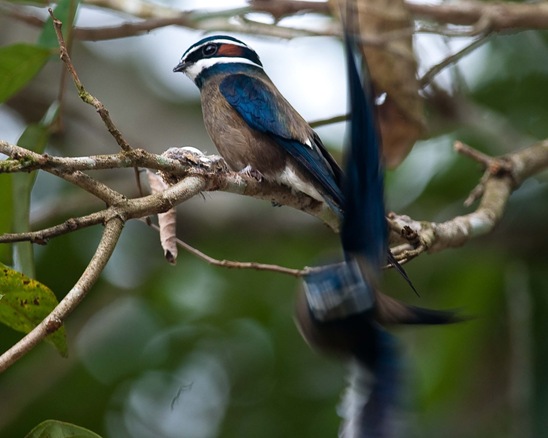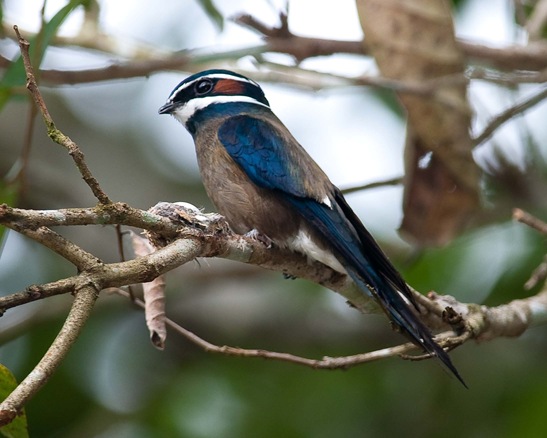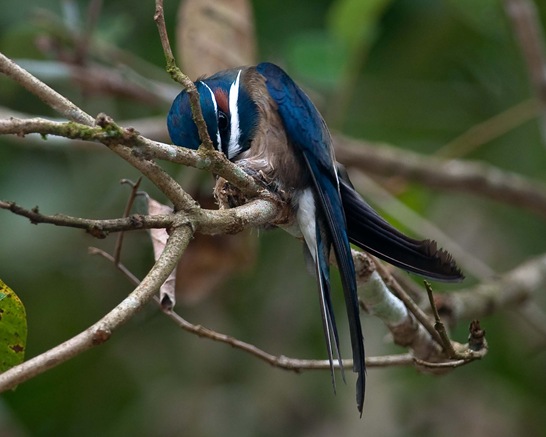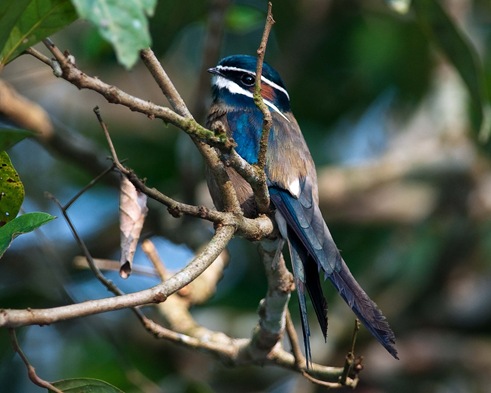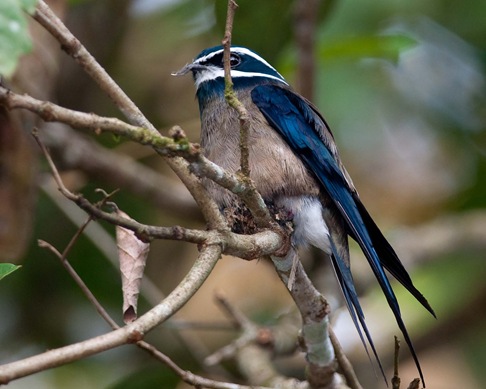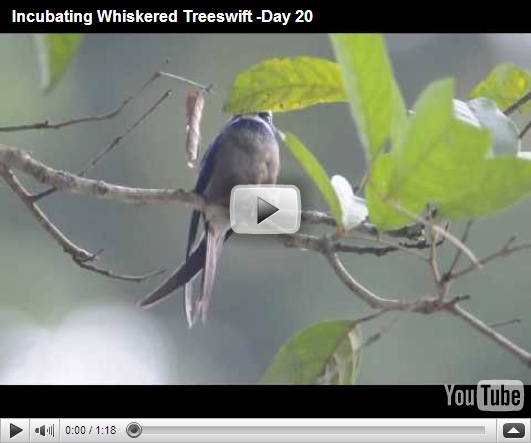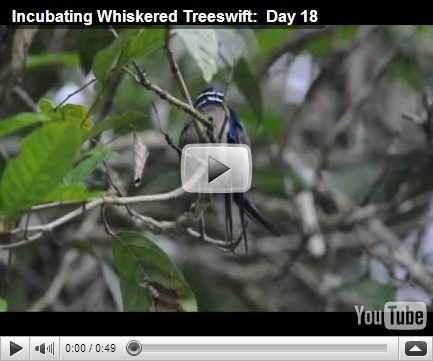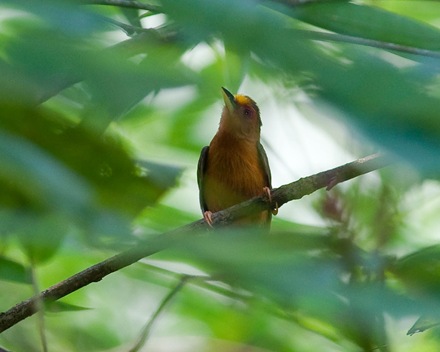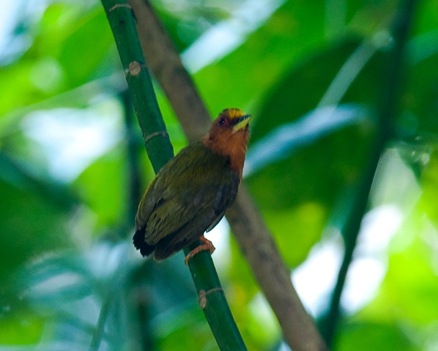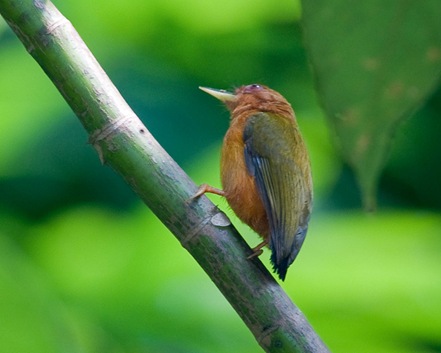| 26th June 2010, Kemensah, Selangor. |
| This is how a very young Striped-throated Bulbul looks like. This is how a sub adult Striped-throated Bulbul looks like., feeding on a little winged insect. And this is how two adult Striped-throated Bulbuls look like, BAGGED! There were two guys, claimed to be local villagers. This was what one guy said, rather incoherently (his face pale like he’d seen a ghost) when I asked what’s the bird in the bag: “ Saja suka-suka . Bang, nak buat camna, hobi kami. Kami suka burung”. Translation: “ Just for fun. Brother, what can we do it’s our hobby. We LOVE birds”. They were after Black-crested bulbuls but the menacing Striped-throated bulbul got caught in their snare. I was told that they would assess their voices and the birds would be released if their voices were not of the necessary standard. Keeping song birds either for competition or for fun is still widespread in the provinces and rural areas. So how do you deal with this kind of situation, let them be, turn a blind eye, or tell them to take up a different hobby? I left them to shoot a flycatcher that was calling nearby. They disappeared with their snare shortly after, before I could say what’s on my mind. Their bird snare , locals call it ‘Jebak’ with a Black-crested Bulbul as the lure. It is hung on a pole 5 feet off the ground. The dragonfly-wing shaped flaps would spring shut the moment any bird landed on the inclined sticks: a work of art in itself. Notes: All photos taken on the same day. |
